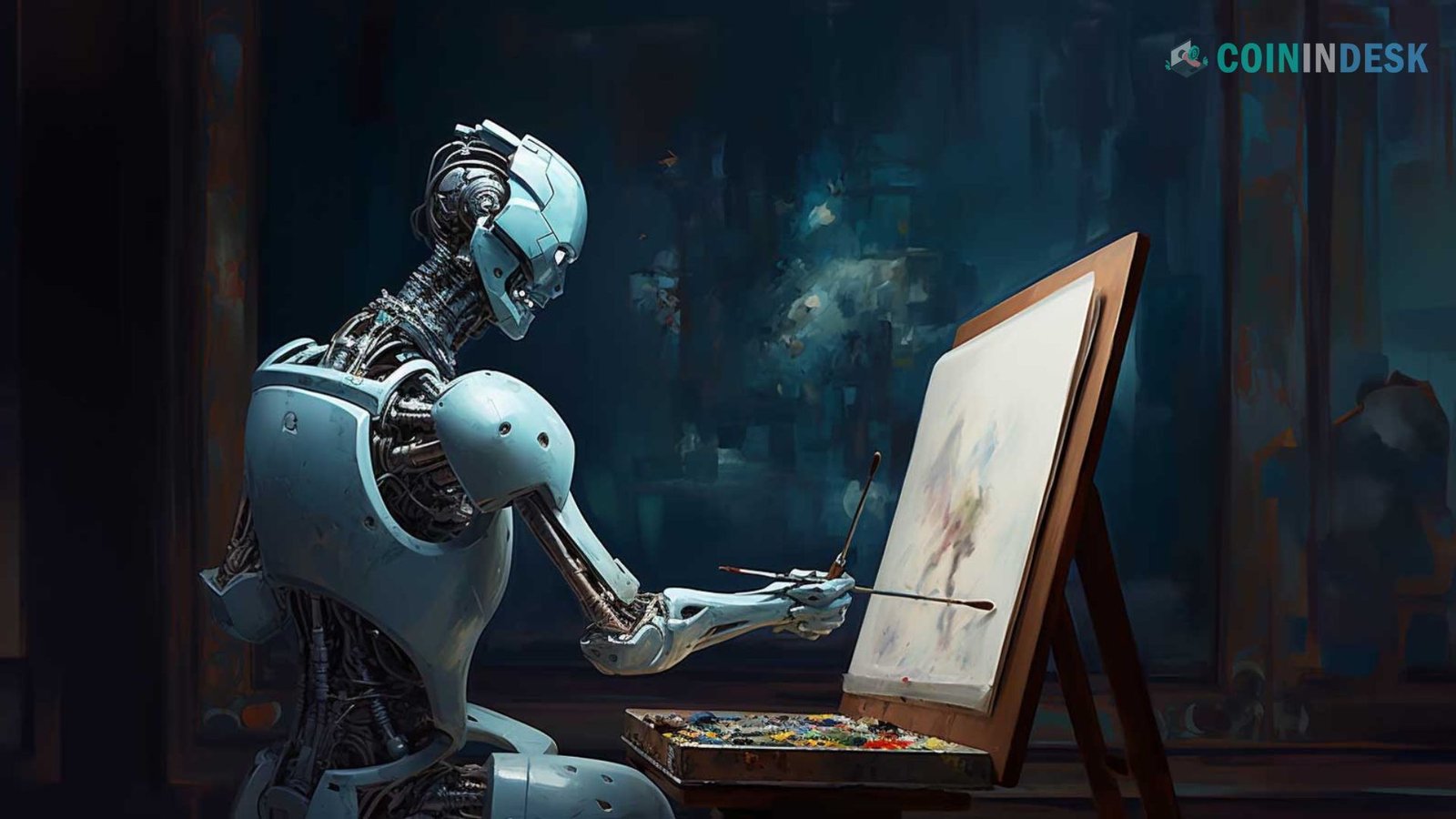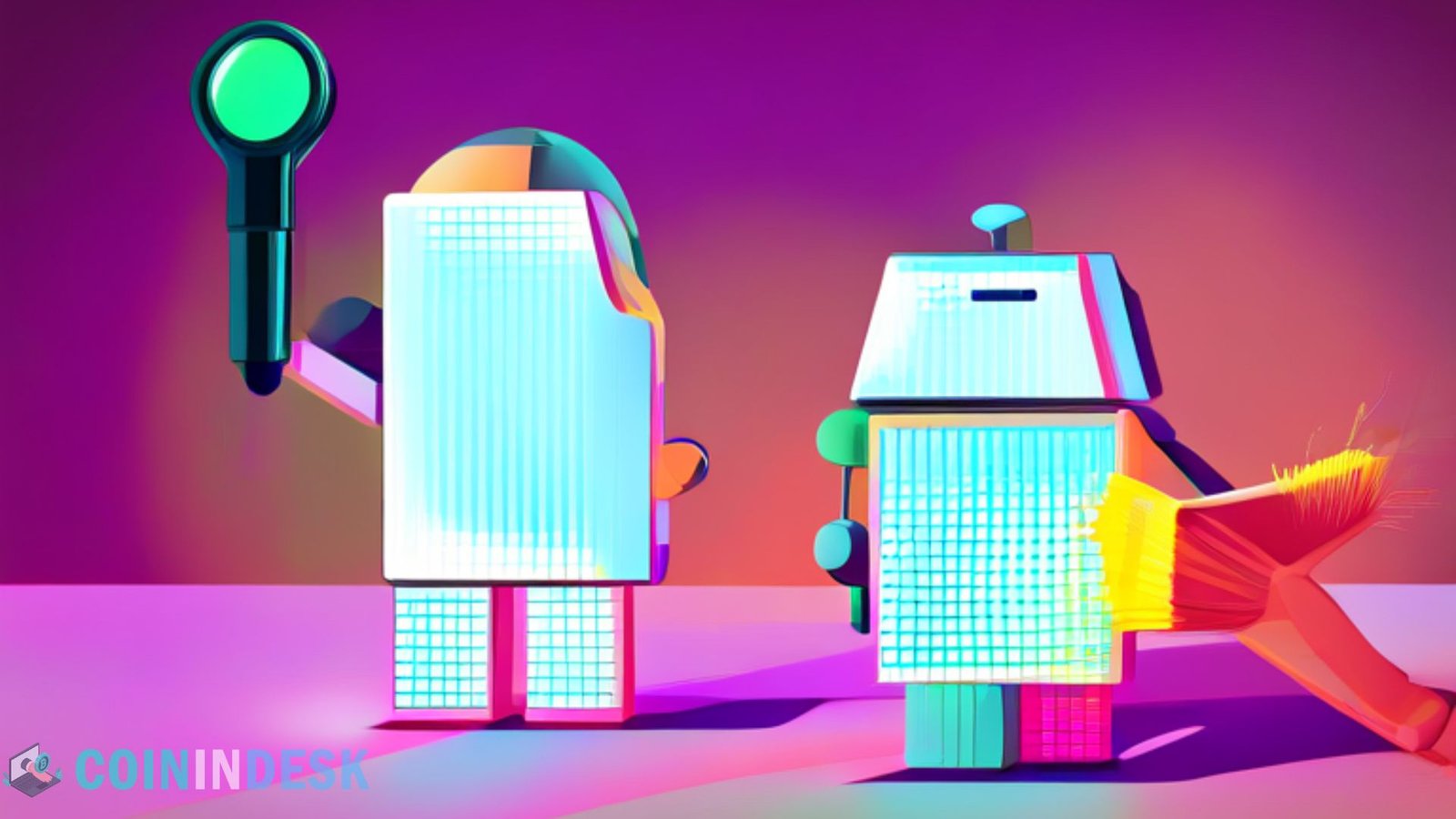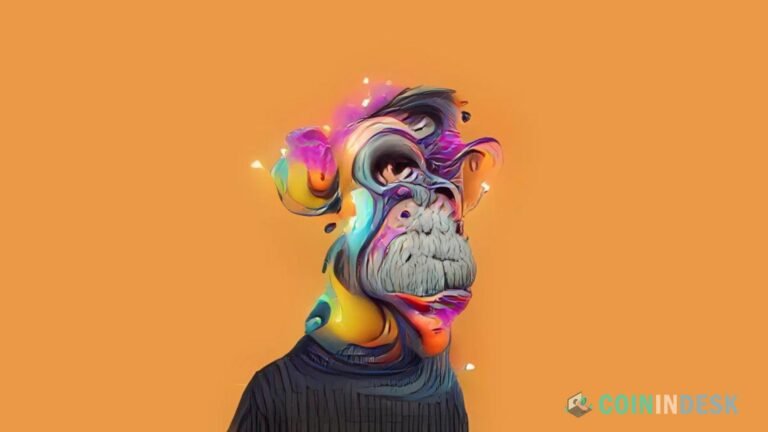New forms of digital currency, NFTs, have emerged in the last several years, giving producers and artists new opportunities to make money from their work. An easier and more efficient way to create NFTs is with the use of artificial intelligence. This article explores the realm of artificial intelligence NFT generators and how they can be utilized to produce one-of-a-kind NFT artwork.
Understanding NFTs and Their Importance
Using blockchain technology to validate the ownership and authenticity of non-fungible tokens (NFTs) makes them one-of-a-kind digital assets. Unlike cryptocurrency, there is no way to trade one NFT for another because they are all unique. Because of its one-of-a-kind quality, NFTs have become very popular among digital art creators.
A non-fungible token (NFT) is a digital representation of an intangible good, like a piece of music, art, or a collectible. They are recorded on a distributed ledger called a blockchain, which may be used as evidence of ownership and origin. This innovation ushers in a new era of creative monetization by opening up unimaginable avenues for creators’ digital assets.
The Rise of NFTs in Digital Art
Online marketplaces such as Rarible and OpenSea have contributed to the meteoric popularity of NFTs as a medium for digital art. Using AI algorithms to create breathtaking graphics, more and more artists are turning to AI-generated art as a platform for NFT production. This change has made the art market more accessible to more people, opening doors for artists worldwide.
How NFTs Change Ownership in the Art World
NFTs have radically altered art ownership by letting creators keep ownership of their work. Artists can secure royalties on future work sales through NFT production by minting it as a unique asset. With this new paradigm, digital art artists may engage with their audience and monetize their art simultaneously.
The Role of AI in Art Creation

Artificial intelligence plays a key role in the evolution of art creation by giving artists new tools to explore new creative pathways. With artificial intelligence art generators like MidJourney and DALL-E, anybody may make beautiful graphics with only a few language commands. Not only does this technology make it easier to be creative, but it also opens up more possibilities for making one-of-a-kind NFT art.
Introduction to Artificial Intelligence in Art
The field of art production has seen the rise of artificial intelligence, which provides artists and makers with cutting-edge solutions. Artificial intelligence algorithms allow artists to create one-of-a-kind works that capture their vision. Generative art, in which novel digital art forms are produced through AI-driven processes, can now be explored using this technology.
Exploring AI-Generated Art
An intriguing point of convergence between technology and creativity is AI-generated art. Using AI art generators, creatives can make NFT art with AI, resulting in simple abstract designs and detailed depictions. In addition to fostering more robust forms of artistic expression, this technological-art hybrid also calls into question long-held assumptions about what constitutes unique work.
The Impact of AI on Traditional Art Practices
Artists’ methods are evolving due to the incorporation of AI into conventional creative processes. Artists can push their creativity to heights by experimenting with AI-generated creations in novel styles and techniques. This combination of human inventiveness and technology has fascinating new possibilities for digital and traditional art forms.
AI NFT Generators: A New Era for Artists
What is an AI NFT Generator?
Using artificial intelligence (AI) in NFT generators allows for the creation of artists to create artwork by artists. Based on parameters, these generators may analyze massive datasets and produce breathtaking digital objects using sophisticated algorithms. To facilitate entry into the NFT market in a way that is both original and creative, this technology enables creators to mint their work as non-fungible tokens.
How AI NFT Generators Work
Machine learning and generative models are the backbone of AI NFT generators, seen in well-known systems like MidJourney and OpenAI’s DALL-E. Users can create one-of-a-kind digital artwork by feeding the AI art generator either a language prompt or a set of parameters. Exporting and minting these AI-generated NFTs as non-fungible tokens on different blockchain platforms can completely transform how art is created.
Benefits of Using an AI NFT Generator
Using an artificial intelligence NFT generator benefits creatives working in digital media. One major benefit is that it frees up artists’ time and energy to concentrate on what they do best—creating breathtaking artwork. Additionally, works of AI-generated art can be made rare and unique, increasing their attractiveness in the cutthroat NFT market. Plus, you can usually use these programs for free, which makes high-tech art creation technology more accessible to more people.
Creating Stunning NFT Art with AI

Choosing the Right AI Tools for Art Creation
Using the right AI tools is essential when making high-quality NFT art. Platforms like MidJourney and DALL-E are great options for artists. Famous for their intuitive user interfaces and robust AI algorithms, these sites provide users with AI-powered art creation tools and templates to help them express their individuality. When artists try out different AI art generators, they might discover the one that best suits their work and vision.
Steps to Create NFT Art with AI
The process of making NFT art with AI is multi-stage and crucial. Artists should start by researching and selecting an AI art generator that suits their needs. They should then condense their innovative notion into an enthralling text prompt. Once their work is generated, artists can make sure it’s up to par by editing and refining it. The last step is to mint the artwork as an NFT, which can be shown and sold on digital assets like OpenSea or Rarible.
Tips for Enhancing AI-Generated Art
Artificial intelligence (AI) art can benefit from artists’ ability to add their unique interpretations and touches. You can use extra post-processing applications to improve the photographs further and give them a particular character. Also, trying different parameters and text prompts can produce interesting and surprising outcomes. Creators can create extraordinary NFT collections that appeal to audiences and collectors by integrating their artistic sense with AI skills.
Minting and Selling Your AI-Generated NFTs
How to Mint Your NFT Art
“minting” your NFT artwork entails turning your digital creations into blockchain-based, non-fungible tokens. Choose an NFT platform like OpenSea or Rarible that can handle AI-generated artwork. Once you’ve finished making your one-of-a-kind NFT, publish it to the platform. Don’t forget to add the title and description, which are crucial pieces of metadata. After submission, you can use your NFT and formally designate it as a one-of-a-kind digital asset.
Choosing the Right Platform for Selling NFTs
You need to choose the correct platform to get the most out of your NFT sales. Rarible and OpenSea are two popular platforms that offer user-friendly interfaces for minting and trading, and they appeal to varied audiences. Before making a final decision, compare the platforms based on their transaction fees, community engagement, and user-friendliness. Finding the best NFT marketplace can help you sell your AI-generated NFTs more effectively and increase your visibility.
Marketing Your AI-Generated NFTs
It would be best if you had a solid marketing plan created by AI created by AI to promote your NFTs. Reach out to people interested in collecting or enjoying art by showcasing your one-of-a-kind NFT creations on social media. Working with influential people in the NFT industry can help you reach a wider audience. You might also consider making an online portfolio showcasing your NFT collections and how you’ve used AI in your artwork. Taking this route can help you stand out in the crowded NFT market.
The Future of AI in the NFT Space

Trends in AI-Generated NFTs
As new patterns emerge regularly, the landscape of AI-generated NFTs is always changing. The use of artificial intelligence algorithms by artists to build one-of-a-kind, captivating digital products that test the limits of imagination is on the rise. Innovative NFT collections are captivating audiences as generative art and blockchain technology converge. More fascinating innovations in this field are likely on the horizon as AI technology evolves.
Read More: Top NFT Market Trends and Projects to Watch in October 2024
Potential Challenges and Ethical Considerations
Several issues and moral questions emerge about the increasing use of NFTs created by AI. Creating NFTs might be complicated by issues about copyright and ownership of AI-made art. Additionally, both artists and collectors are worried about the effects of blockchain technology on the environment. Creators must approach these difficulties carefully, ensuring their activities align with ethical norms in the ever-changing world of digital art.
The Role of OpenAI and DALL-E in Future Art Creation
OpenAI and its DALL-E model are major players in developing new forms of artistic expression. With DALL-E, users can create their graphics based on text prompts. This allows artists to experiment and create one-of-a-kind NFT art using AI. The development of AI-powered tools like DALL-E heralds a new age of inventive and varied NFT collections by continuing to shape the conception of digital art.


